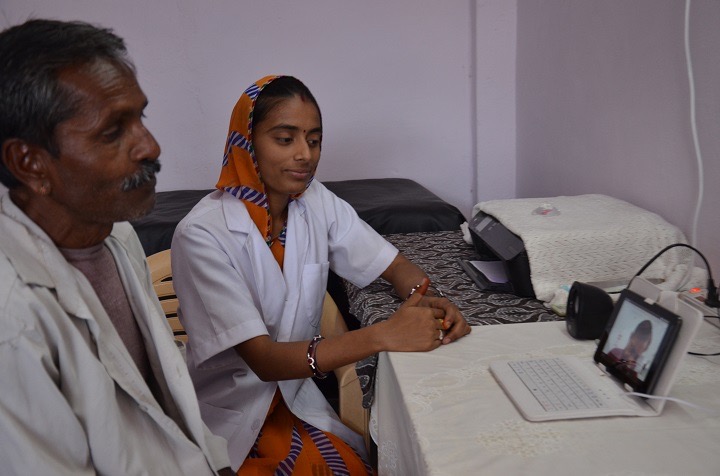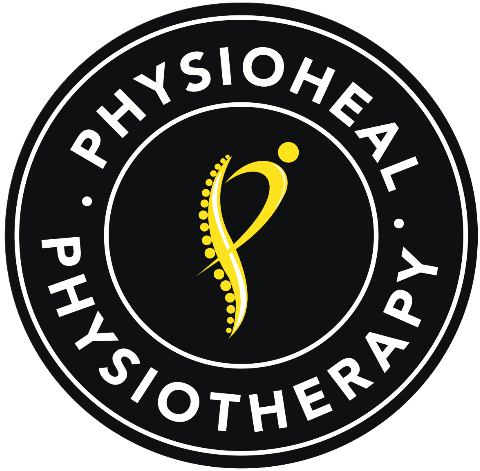Healthcare is the right of every individual, but the cost of healthcare services is so high that a major part of patient population skips taking medication (few out of the prescribed), diagnostic tests or other important things because of high cost .
Awareness about a problem plays a very important role in overcoming a disease process early.
A majority of 700 million people lives in rural areas where the condition of medical facilities is deplorable. Considering the picture of grim facts there is a dire need of new practices and procedures to ensure that quality and timely healthcare reaches the deprived corners of the Indian villages. Though a lot of policies and programs are being run by the Government but the success and effectiveness of these programs is questionable due to gaps in the implementation. In rural India, where the number of Primary health care centers (PHCs) is limited, 8% of the centers do not have doctors or medical staff, 39% do not have lab technicians and 18% PHCs do not even have a pharmacist.
India also accounts for the largest number of maternity deaths. A majority of these are in rural areas where maternal health care is poor. Even in private sector, health care is often confined to family planning and antenatal care and do not extend to more critical services like labor and delivery, where proper medical care can save life in the case of complications.
The Problems
Due to non accessibility to public health care and low quality of health care services, a majority of people in India turn to the local private health sector as their first choice of care. If we look at the health landscape of India 92 percent of health care visits are to private providers of which 70 percent is urban population. However, private health care is expensive, often unregulated and variable in quality. Besides being unreliable for the illiterate, it is also unaffordable by low income rural folks.
To control the spread of diseases and reduce the growing rates of mortality due to lack of adequate health facilities, special attention needs to be given to the health care in rural areas. The key challenges in the healthcare sector are low quality of care, poor accountability, lack of awareness, and limited access to facilities.
Various organizations are coming together for improvements in health care and technology plays a crucial role to facilitate this. Information and communications Technology provides hosts of solutions for successful implementation of these changes.
Technology for rural health care-
 Several organizations are working alongside the government and NGOs to help relieve the burden on the public health system using mobile technology. India has over 900 million mobile phone users and this fact can be leveraged to employ better practices in even the remote areas. Leading global organizations of healthcare industry are using our mobile technology to enhance the quality of care and bridge the gaps in healthcare services.
Several organizations are working alongside the government and NGOs to help relieve the burden on the public health system using mobile technology. India has over 900 million mobile phone users and this fact can be leveraged to employ better practices in even the remote areas. Leading global organizations of healthcare industry are using our mobile technology to enhance the quality of care and bridge the gaps in healthcare services.
 Some applications need to be developed to bridge the gap between doctors and patient specially targeting the rural population so that they can talk to the doctor directly about their illness at the very start of the problem.
Some applications need to be developed to bridge the gap between doctors and patient specially targeting the rural population so that they can talk to the doctor directly about their illness at the very start of the problem.
 Secondly It may also enhance a one on one communication of doctor with the patient which brings a comfort level to share the exact problem the way it is, to the doctor . Urban population will also be benefitted as teleconsultation and communication can occur at ease of the patient and the doctor . Patient will be getting the consultation at home. It will save the traveling time, waiting time . Also the doctors who will be consulting will have an ease of consulting patients while they are at home or in their free schedule.
Secondly It may also enhance a one on one communication of doctor with the patient which brings a comfort level to share the exact problem the way it is, to the doctor . Urban population will also be benefitted as teleconsultation and communication can occur at ease of the patient and the doctor . Patient will be getting the consultation at home. It will save the traveling time, waiting time . Also the doctors who will be consulting will have an ease of consulting patients while they are at home or in their free schedule.
New technology like telecommunication / android applications/ computer web based communication can bridge the gap between patients and doctors .
Looking forward for a better life.
-Compiled and Written by Dr Divya Gaur

